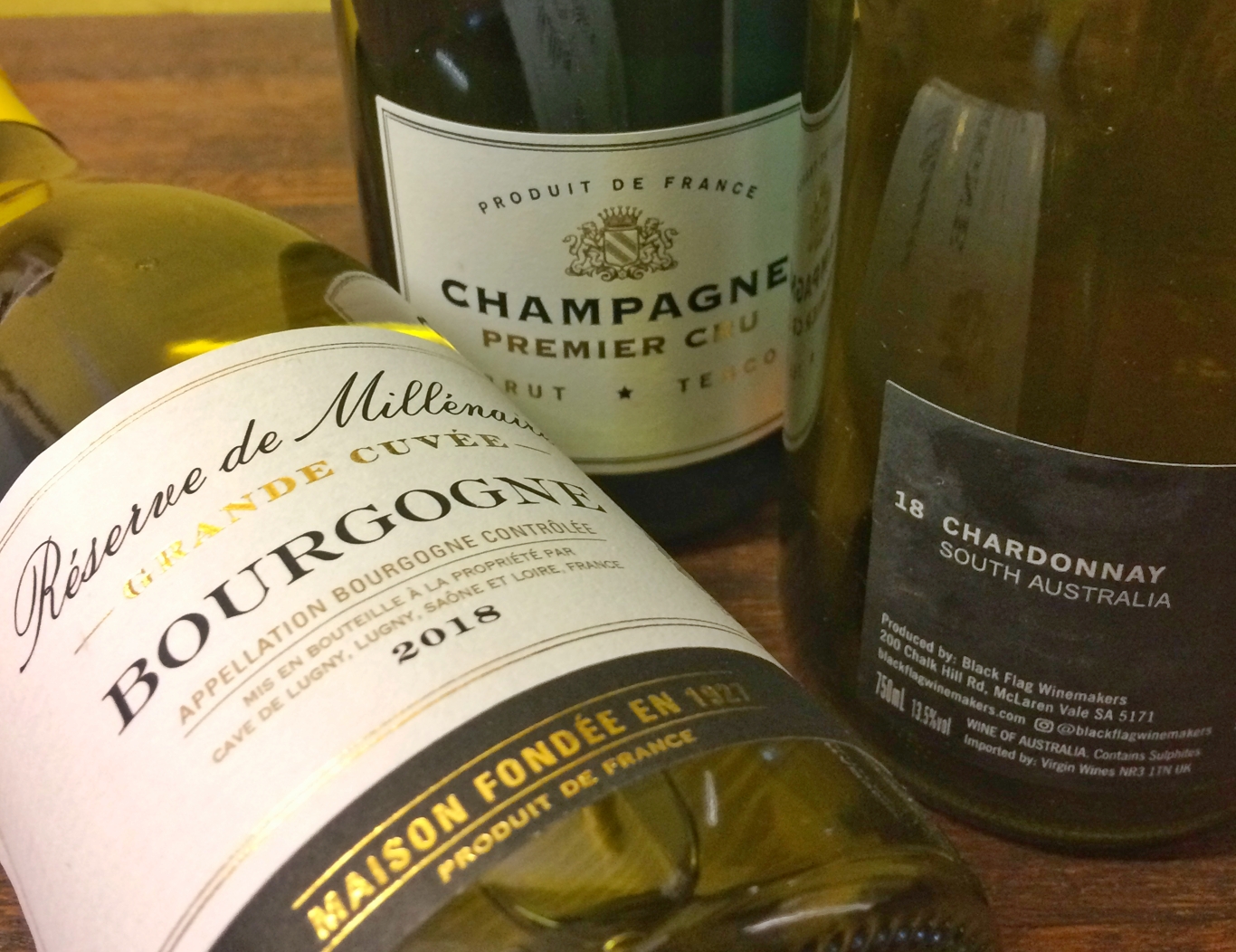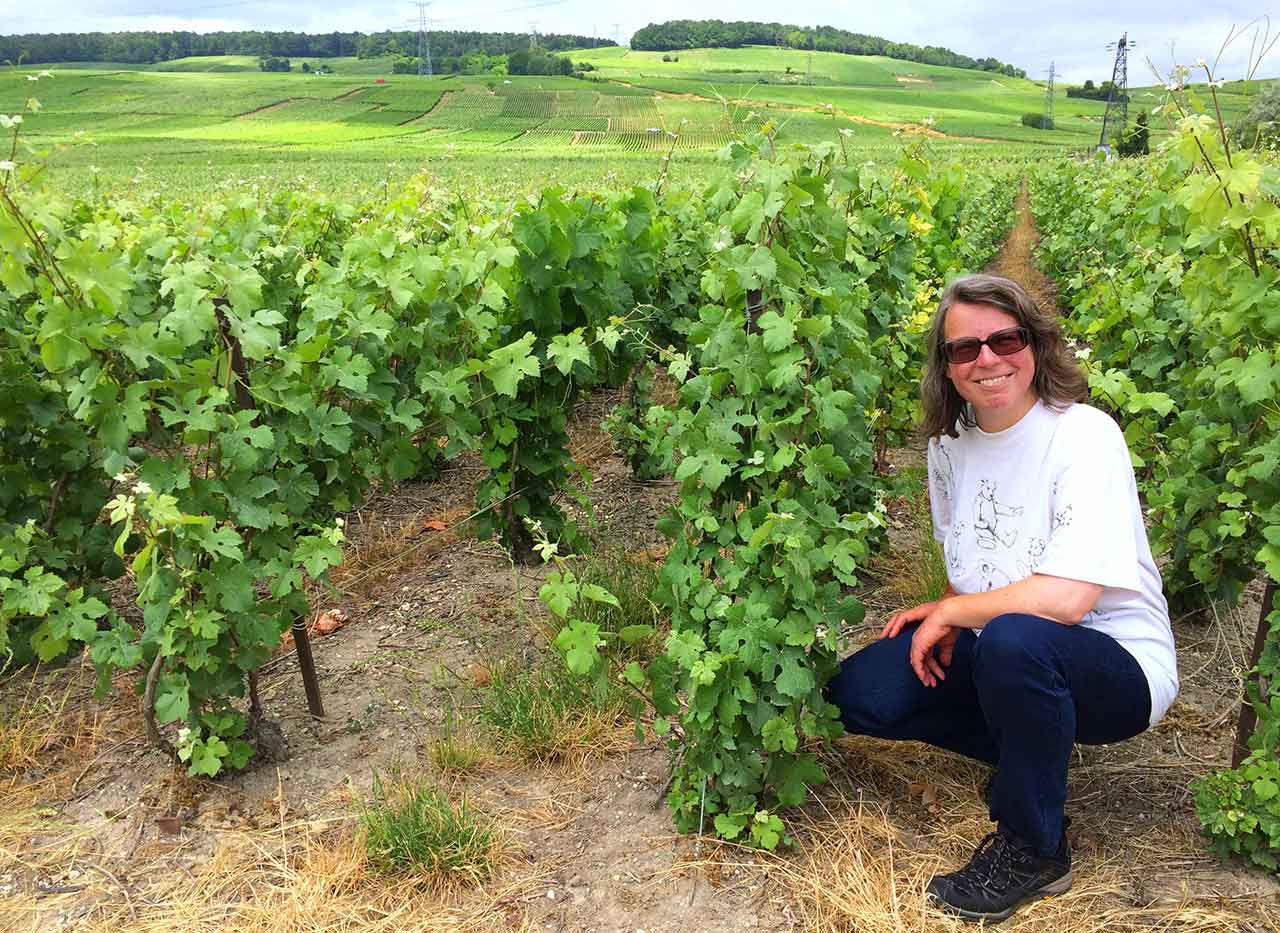Chardonnay is a white grape that grows as far afield as Australia, South Africa and France and produces wines with a huge range of flavours - sometimes it can be as tart as underripe apples and at other times as sickly as an over-buttered muffin. So what's going on?
Chardonnay is known as a 'neutral' grape variety - that is the grapes themselves don't actually taste or smell of much. But there's enough going on that when it's grown in a cool climate, say for example France, the resultant wines have apple and citrus flavours while in warmer climates like South Africa, the taste is of pineapple and peaches ('tropical') - basically the greater the growing temperature the riper the grape and the richer the final flavours.
But not all of those rich flavours come from riper grapes. The butteriness that we often associate with Chardonnay can be a result of a process called malolactic fermentation.
Malolactic fermentation is a strange process that isn't actually fermentation but a chemical process that can start naturally or be induced by the winemaker. It changes the harsher initial malic acid flavours in the wine (that taste like apples) into lactic acid flavours that taste like creamy milk. The change between the two acid types - malic to lactic - gives the name to the process - malolactic.
The warmer the climate in which 'malo' happens results in a greater change to the wine. So in hot grape-growing California this process can result in an extreme buttery richness which is what many consider to be the hallmark of Californian Chardonnays. But modern wine knowledge has toned down these final flavours and today's output is a lot less sickly.
There's another contributor to those rich Chardonnay flavours - oak barrels. Those fresh wood shaving aromas and flavours akin to chewing on the end of a pencil come from leaving the freshly made wine in oak barrels for 18 months or longer.
But oak barrels are expensive and cheaper Chardonnays soak oak planks or small pieces of chipped wood in the wine instead. The many exposed wood surfaces in planks and chips allow the necessary flavours to leech out much more easily than would happen inside a barrel - taking weeks rather than years. This time saving is passed on to the consumer. Wood chips mean that the oaky Chardonay you like can be bought for £5 rather than £50.
Oak is not used for all Chardonnays. It is not commonly used for champagne (which is a mixture of Chardonnay, Pinot Noir and Pinot Meunier grape types) and many Chablis wines are not 'oaked'.
Lees aging is another method that can add flavour to Chardonnay. Lees are the layer of dead yeast cells that result from the grape juice fermenting. Leaving the wine on these lees adds body and creamy flavours. This process is known as 'sur lie' in France and can often be seen added to bottle labels where the wine has gone through this.
So now you've found all those creamy flavours in the wine, what food do you match with it? Creamier Chardonnays are best matched to foods with richer sauces - why not try with a chicken in a cheesy sauce or pasta Carbonara. But remember not all Chardonnays have rich butter and tropical fruit flavours. Cooler climate Chablis, with it's sharp minerally flavours, is a great match to seafood and lighter tasting dishes.






